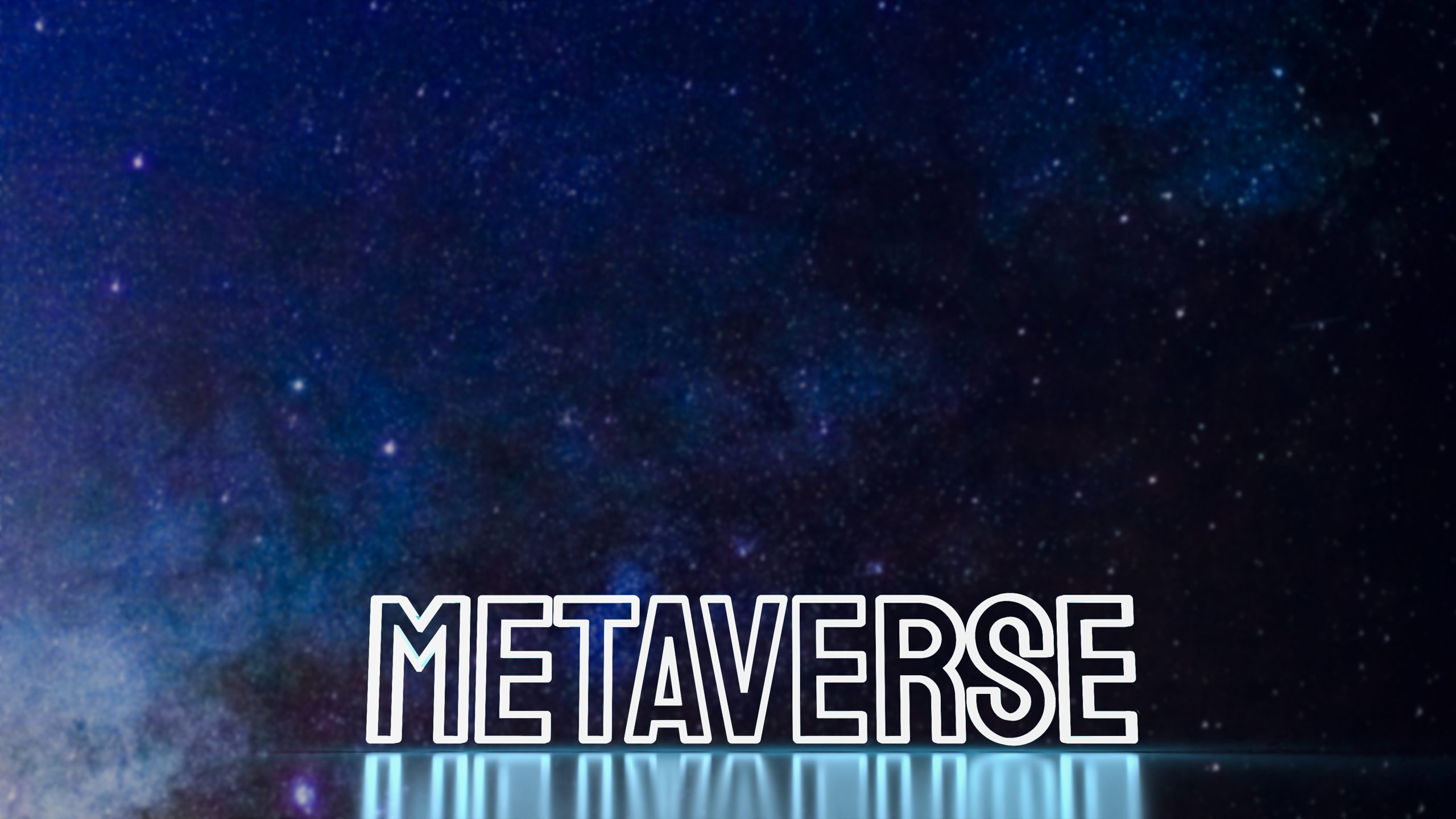
The idea of “Metaverse” was born with Mark Zuckerberg’s announcement that Facebook, or rather its parent company, was to be called Meta.
Although there had already been an attempt at a “metaverse” many years ago (back in 2003) called Second Life, which had become a trend in its origin and even led to political campaigns. It was very popular for a while, but due to the technological limitations of that time, it did not become successful. The options within Second Life were too limited to keep users hooked, and ended up being forgotten.
That said, the term metaverse should not be confused with Zuckerberg’s company, as there will not be just one metaverse, but several different ones.
The metaverse is defined as a shared virtual space where each user has their own avatar or virtual identity. Within the metaverse, people can interact with people or objects, like in a video game. What is interesting for marketing is that, by being able to interact with people and objects, interacting with companies and brands will also be possible, as well as executing transactions.
The metaverse is deemed to be the future of Internet, along with virtual reality and augmented reality, with increasingly more users, as people will be able to browse, interact, collect information, and make purchases online.
There are already studies, such as that of the technology consultancy Baufest, which predict that in five years 70% of brands will already be in the metaverse. Such idea is well-founded, as it is on its way to becoming a new location (and a very important one) in which to attract users and where, additionally, we will have many benefits that do not exist in other channels, such as personal communication with the user, since in the metaverse we can set up a virtual point of sale, where we can interact face-to-face with the customer in real time.
The metaverse is full of possibilities for marketing, which the most advanced brands are already beginning to take advantage of, with some example below:
Content marketing: very important in a virtual world like the metaverse, with an audience that is very open to consuming virtual content linked to their interests. We have the example of Mediamarkt, which has created its own space within the video game Fortnite, where users can play and compete with others, as well as win prizes and discounts in Mediamarkt.
Influencer marketing: It will be very common for influencers to also have a presence in the virtual world of the metaverse and brands will rely on their services to promote themselves.
E-commerce: large retailers such as Carrefour and Walmart are already taking steps to create virtual points of sale in the metaverse.
Positioning strategies: brands are shifting to position themselves in the virtual world, such as some fashion brands, including their own designs in different spaces of the metaverse. For example, Balenciaga has created its exclusive line of virtual looks for Fortnite.
“Conventional” advertising in the virtual world: In a virtual world such as the metaverse, there will also be “physical” spaces that can be used to add advertising. For example, classic outdoor advertising companies such as Exterior Plus have already started to buy spaces in the metaverse to make them available to brands, which users will see as they “walk” through the virtual world of the metaverse.
As we can see, the world of the metaverse is still taking its first steps, but it is evolving daily, which will undoubtedly make it a very important marketing channel in a few years, and brands and advertisers must prepare or they will be left behind by the new generations.
By: Mario Diez Fernandez

